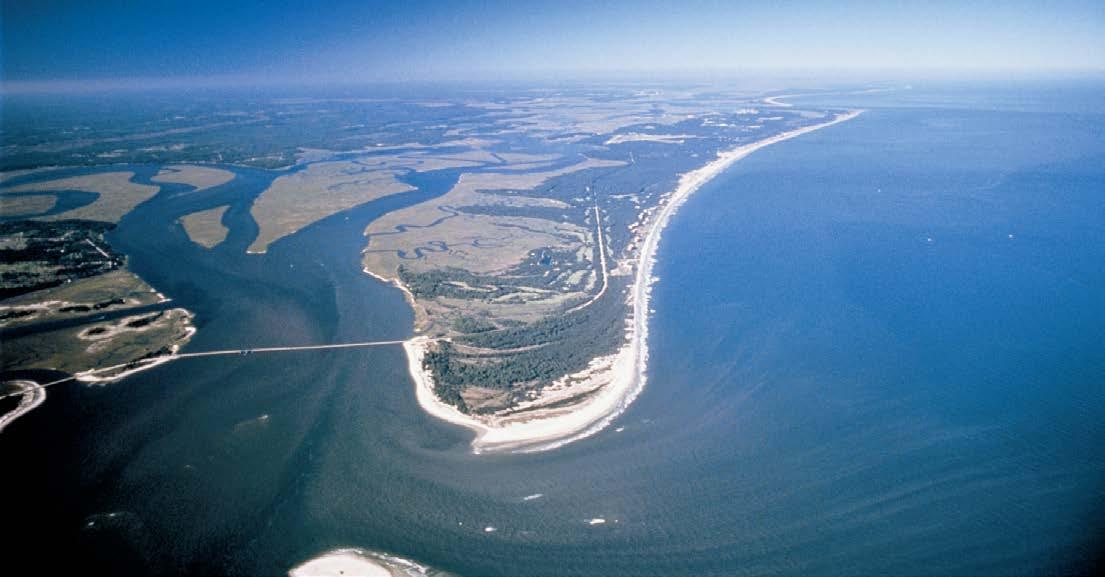
2 minute read
Out & About A Walk in the Park
A Walk In The Park
BY FABRIZIO GOWDY
MUST SEE
Spotting Paynes Prairie’s bison is no guarantee, but if you are lucky enough to view some, it’ll make your day. Numbering about 50, the herd roams free and could be anywhere in the preserve. The Jackson Gap Trail provides the best chance of encountering bison, according to the park’s website.
If you’re exceptionally lucky, you might just see them crossing US 441, which occured in 2018 when a fallen tree damaged a fence and allowed several bison to escape the preserve and hold up traffic. Even if you don’t spot any large bovines, there’s still a good chance you’ll see wild horses and gators. A 50-foot observation tower near the visitor center provides panoramic wildlife viewing opportunities.
What is Florida known for? Hundreds of miles of sandy beaches? Of course. Citrus groves teeming with oranges? For sure. Bison roaming a vast prairie? Not so much. But at Paynes Prairie Preserve State Park, that’s exactly what visitors find. Located a few miles south of Gainesville, the 21,000-acre savannah is one of Florida’s most unusual natural places.
WHEN YOU VISIT
V Recreational activities at Paynes Prairie include hiking, running, biking, and horseback riding on the park’s 20-plus miles of trails. Most trails are sandy and require fat tires, but for those with road bikes, 16-mile Gainesville-Hawthorne State Trail is paved and connects Paynes Prairie to nearby Boulware Springs State Park and the town of Hawthorn.
V Paddling and fishing are popular activities on Lake Wauburg, which is home to bass, bream, and speckled perch. Lake Wauburg can be accessed from a public boat ramp on the lake’s east shore.
V Bug spray, sunscreen, and close-toed shoes are recommended. Leashed dogs are welcome but are not permitted on the Bolen Bluff Trail, Cone’s Dike Trail and La Chua Trails due to potential conflicts with wildlife. Bison and dogs don’t mix. Some trails are relatively shaded, while others are exposed, so consider visiting at a cooler time of day for a more pleasant experience. The prairie’s open landscape and numerous boardwalks and observation platforms make for great sunset views.

The Cowkeeper
Long before cowboys and herds of livestock roamed the wild West, Spanish colonists herded Andalusian cattle in Florida. When the Spanish abandoned their plans to settle Florida’s interior, Native Americans took control of the herds and lands the Spaniards left behind. Alachua chief Ahaya, known to European settlers as “the Cowkeeper,” took over modern-day Paynes Prairie Preserve and its herds of wild cows and founded the village of Cuscowilla on the southern edge of the Prairie. Coming across Cuscowilla during his travels through Florida, famed naturalist William Bartram is said to have smoked a pipe with the Cowkeeper before being led to the prairie, which an amazed Bartram dubbed the “Great Alachua Savannah” in his writings. Cuscowilla eventually became the town of Micanopy, which still exists today with its boutiques, antique shops, and small town charm. u











